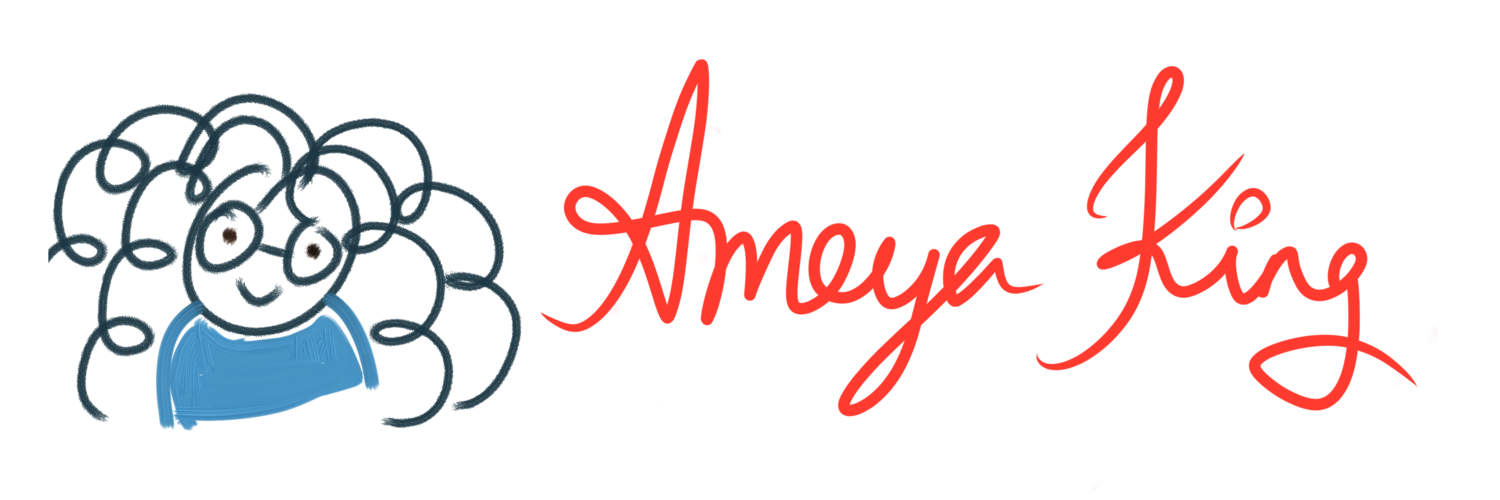A Mirror to the Soul
The following piece is part of a series being written for the Sri Sai Narayana Organization newsletter.
One of the major initiatives here at the Sai temple has been providing a platform for Indian classical music and dance forms through the annual Sangeeta Natya Mahotsavam and Navaratri Celebrations, as well as the monthly Indian Classical Arts Performance Series. Why? Why are these arts important? Why do we dance and sing? Also, what makes a dance form “classical”? I have been chasing dance all my life – as a viewer, as a student, as a mentor, and as an organizer, but it never occurred for me to ask those questions until very recently. I will work my way through the answers over the course of the next few months by looking at our many different artistic traditions of India, and I hope you’ll join me.
The traditional starting point of discussion about Indian classical dances is the Natya Shastra, an ancient treatise on drama, which contains the story of the origin of dance. We’ll get to that, but first, let’s understand why people have danced historically. Arts have featured in nearly every civilization – we have found carvings, pottery, cave paintings from previous millenia, as well as evidence of music and dance in all societies. Academics will tell you that dances can be categorized as social dances, ritual dances, folk celebration dances, as well as a means for communication. Let’s reframe that – we dance to feel connected with each other. We dance to feel connected with the divine. We dance to celebrate the passing of seasons, of harvests, and of the arrival of spring. We dance to express what is beyond words. And around us, the universe dances – celestial bodies, ocean waves, the tremulous clouds and the swaying trees.
When I was in college, I signed up for a “fun” class to meet a general requirement that fundamentally shifted the way I view the world – American History through Pop Music. The premise of that class was that popular art is not stand-alone, separate from the world around it. Art reveals the social conditions, philosophies, ideologies, dreams, and aspirations of the era. This means that our traditions – which have survived centuries and are thriving today in countries far from their place of birth – absolutely lift a mirror to our human condition. So, join me here next month as we begin to peer into that mirror.
